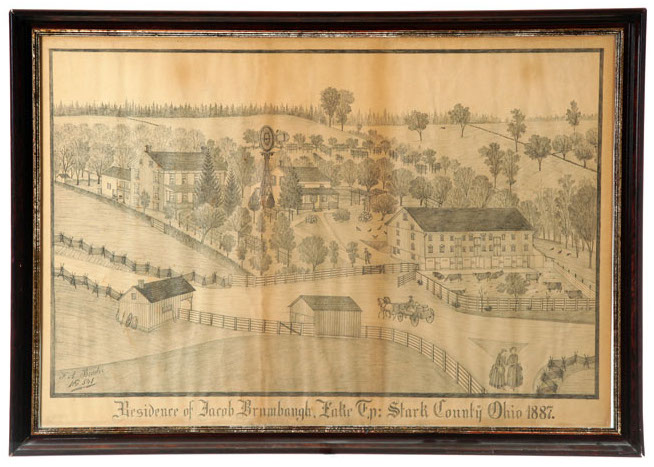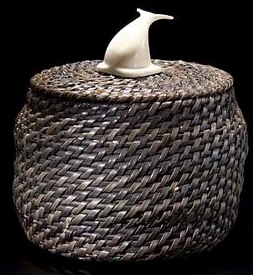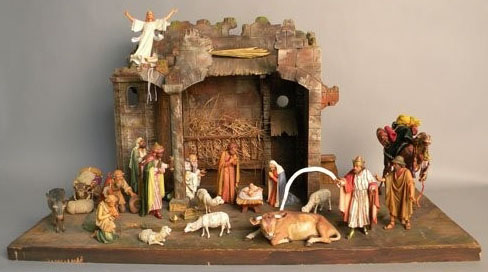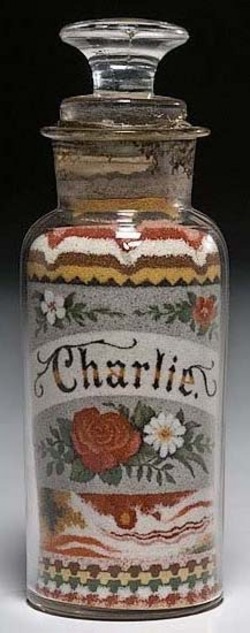
A drawing by Ferdinand Brader, farm scene, numbered 541 and titled Residence of Jacob Brumbaugh, Lake Tp: Stark County, Ohio 1887
One of the “little mysteries” discussed at the 2012 Midwest Antiques Forum was the cipher that is Ferdinand Brader (1833 to ?). The Swiss-born Brader immigrated to the United States in the 1870s and was an untrained, itinerant artist who spent much of the late 19th century roaming Pennsylvania and northeastern Ohio, where he would exchange large bird’s-eye view drawings of farmsteads, complete in near-architectural detail (like the one pictured), for room and board. In many ways, there are great details of his work – from his drawings, we often know where he was and when, and while we don’t know how consistently it was done, many of the drawings are numbered, which allows for a further sense of chronology.
Brader’s life, however, remains a great mystery. Some accounts hint at alcoholism, but the incredible detail and precision of his drawings makes this hard to fathom. He had several stints in area infirmaries, but whether this is attributable to the true itinerant/vagrant nature of his life or to something deeper is unknown.
The largest mystery of the “little” mystery that is Ferdinand Brader, however, is his disappearance. In late 1895, Brader found he had inherited a considerable amount in Switzerland. In residence at the Stark County Infirmary at the time, it appears he made plans to travel there to claim his inheritance, but after this, he vanishes completely. Of course, news of someone in the town infirmary inheriting a small fortune piqued local interest, so other small reports crop up, with at least one account making it seem he did not leave town and vanish (death during journey or a happy old age with family?), but rather that he disappeared after going to pay a debt, suggesting far darker possibilities. Or, as one associate suggests, did he just have one of the asthma attacks that plagued him while alone in an “out of the way place”?
Brader’s life continues to come into focus, with recent discoveries indicating that regardless of what happened, he never collected his fortune. All this information and a number of newly discovered drawings are the result of a Brader exhibit scheduled for the Canton Museum of Art in 2014. Brader’s works truly are meant to be appreciated up close, so if you find yourself in the area, plan a visit to the exhibit and stop by the database or the exhibit’s site for some great details. Seems that even “small” mysteries from “out of the way places” often loom very large….
-Hollie Davis, Senior Editor, p4A.com







